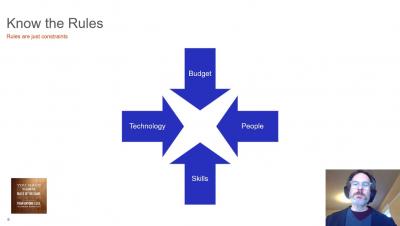Malicious Actors Reserving Their Cyber Attacks for the Hospitality Industry
Cyber attacks that lead to data breaches are becoming increasingly common in all industries, but there are certain types of businesses that are more vulnerable than others. The hospitality industry in particular is one of the most likely industries to be targeted by cybercriminals in addition to retail and finance.



